In the 1770s and 1780s, several porcelain factories set up in the north of Paris between the suburbs of Saint Denis, du Temple, but also in Montmartre or nearby from the rue de Provence. In order to protect themselves from the monopoly claims of the Manufacture royale de Sèvres, they sought the protection of powerful princes. This was the case with the manufacture that interests us now: that of the Duke of Angoulême. If, like me, you are not familiar with princely titles during the reign of Louis XVI, I can tell you that the Duke of Angoulême was the son of a brother of the king, the Comte d'Artois. The latter will go down in history as Charles X, the last Bourbon monarch. As such, the Duke of Angoulême was one of the contenders for the throne of France after the revolution of 1830. “One of the most important factories in Paris” Here is the flattering description made of this factory, Charles Ernest Guignet in his treatise on ancient Ceramics. It was installed in the rue de Bondy, as it was called then, rue René Boulanger, with its serpentine shape just next to the boulevard Saint Martin, a stone's throw from the Place de la République. Let us recall that the Count d'Artois was a great protector of French porcelain, having his wing in a factory in the Faubourg Saint Denis, very close to the one that occupies us here. The entrepreneurs of the Duke of Angoulême's factory: Guérhard and Dihl As you can imagine, it was not the prince who managed and operated the factory. All he did was patronize her and let her use her initials. As Guignet reports, the first managers were Guérhard and Dihl. Until the Revolution, they signed their products with an oval stamp containing the number of the duke, surmounted by the crown of the prince. Then, after the Revolution, this patronage was no longer of any use. Also, they replaced the mark with “MM. de Guerhard and de Dihl ”. Of course, during the Restoration, even though they were still active, they took up the reference of the Duke of Angoulême: “MANUFAC DE MGR LE DUC D'ANGOULÊME IN PARIS. ”Edouard Garnier indicates that Dihl was a“ skilful chemist ”, using rich and varied colors. Some of his works are kept at the Sèvres museum. Advertising for the manufacture By doing some quick research, we found in the Mercure de France of January 18, 1783, an advertisement for the products of the Duke of Angoulême porcelain factory. “There is an Art, that of making porcelain, that we have brought to France to the degree of perfection. We have succeeded in making the whole of Europe our tributary in this genre, after having been it during strings of China, Japan & Saxony. Among the number of Manufactures which are being raised, there is one which deserves to be distinguished, it is the one established in the rue de Bondy, behind the Opera, 8c formed under the protection of HRH Mgr. the Duke of Angoulême. It has the property of going to the fire; it is a pleasant white. The cookie is beautiful. It brings together the variety of colors 8c the elegance of diviner & shapes; but what distinguishes it from other porcelains is the astonishing imitation of flowers, among others hyacinths, which have the bearing and the truth of Nature. "


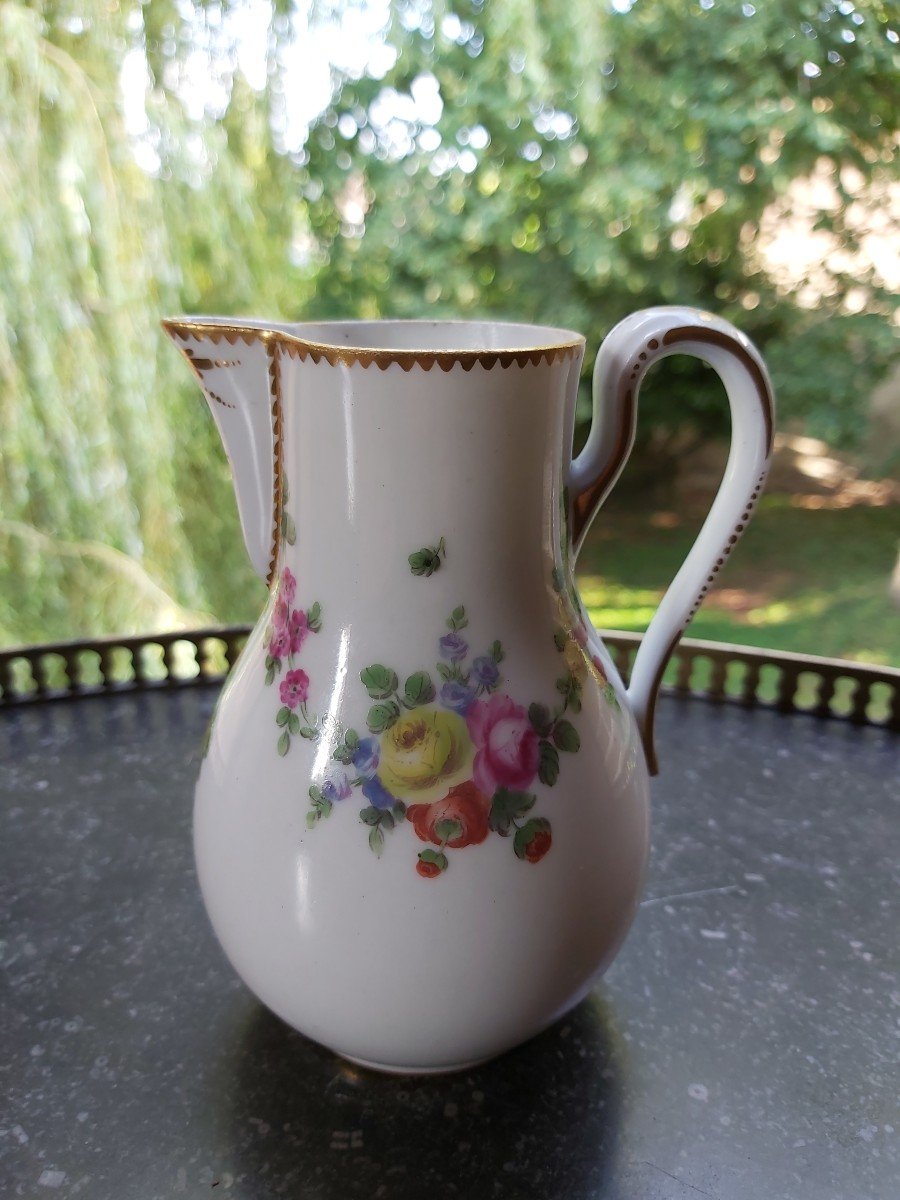
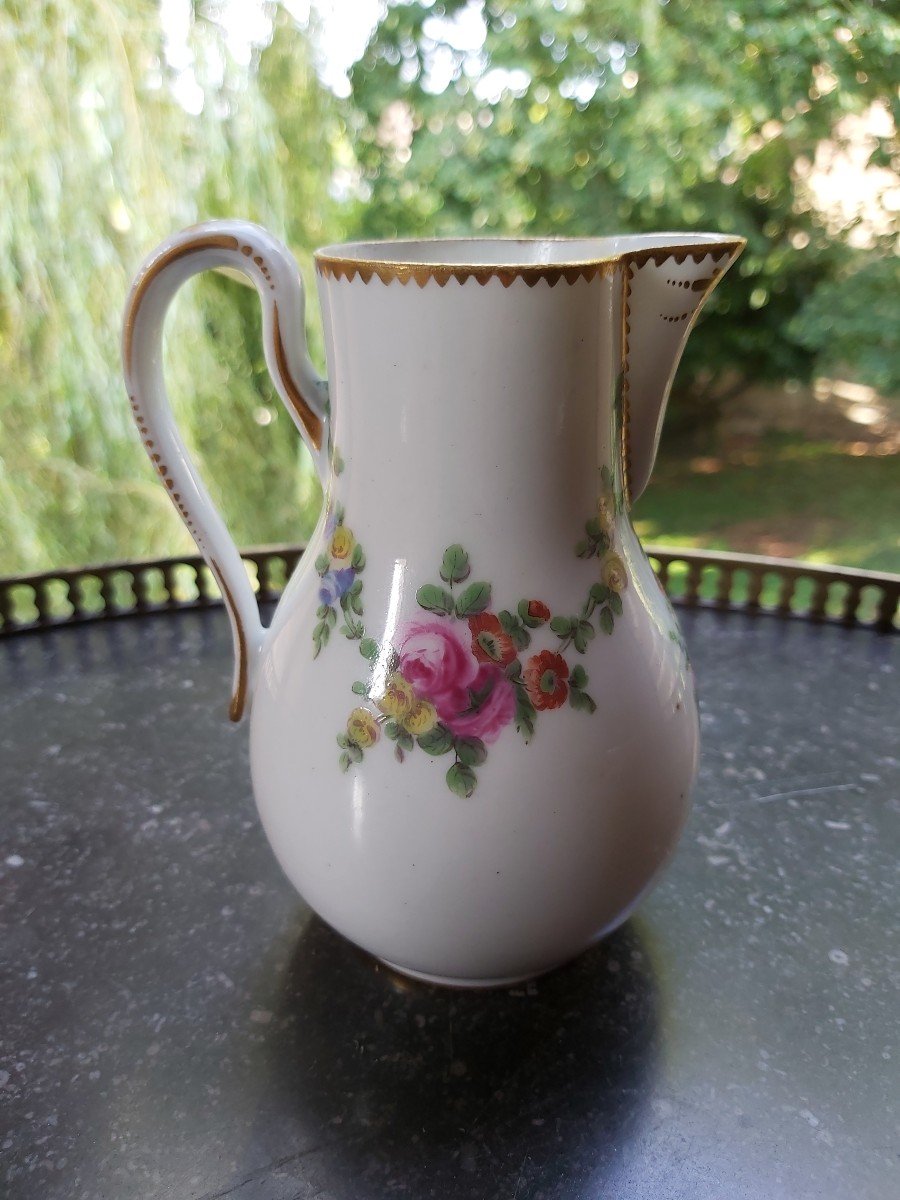
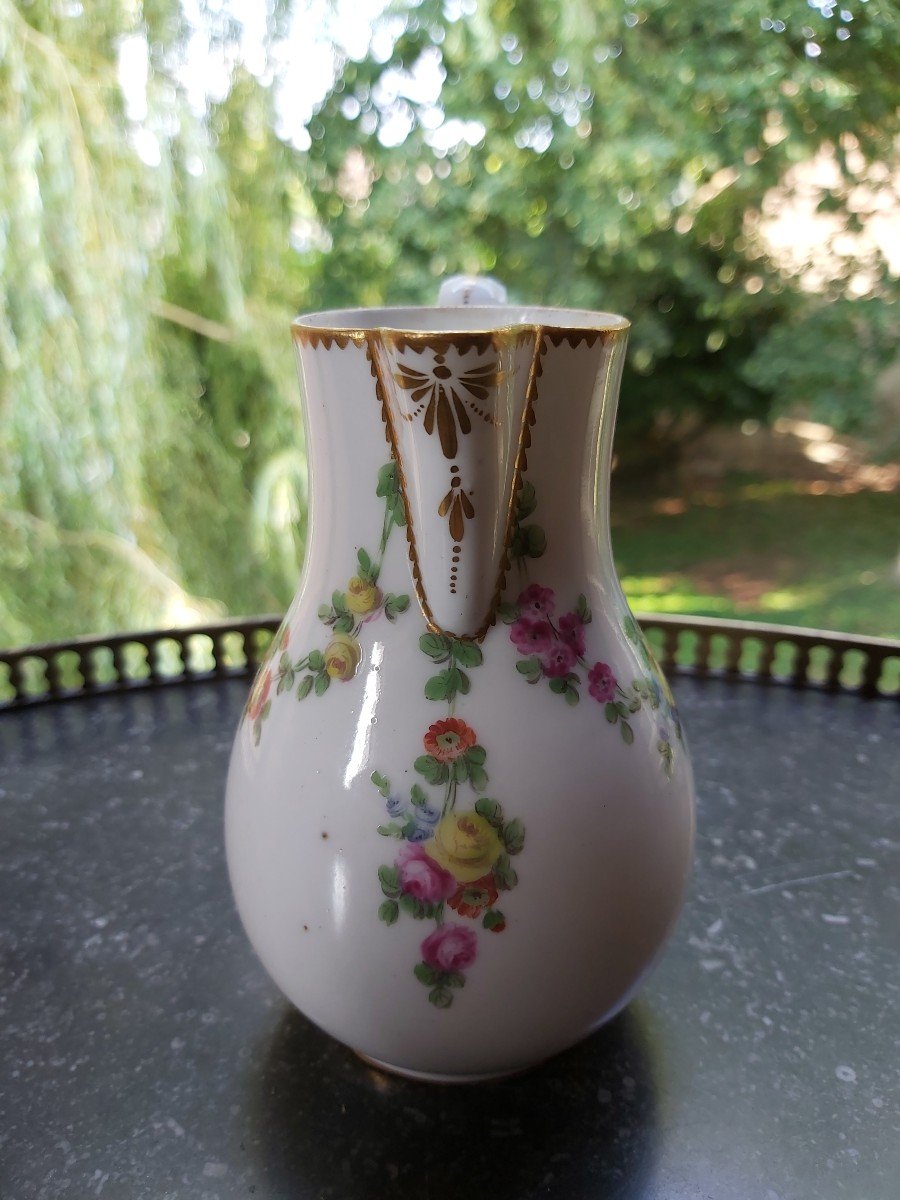
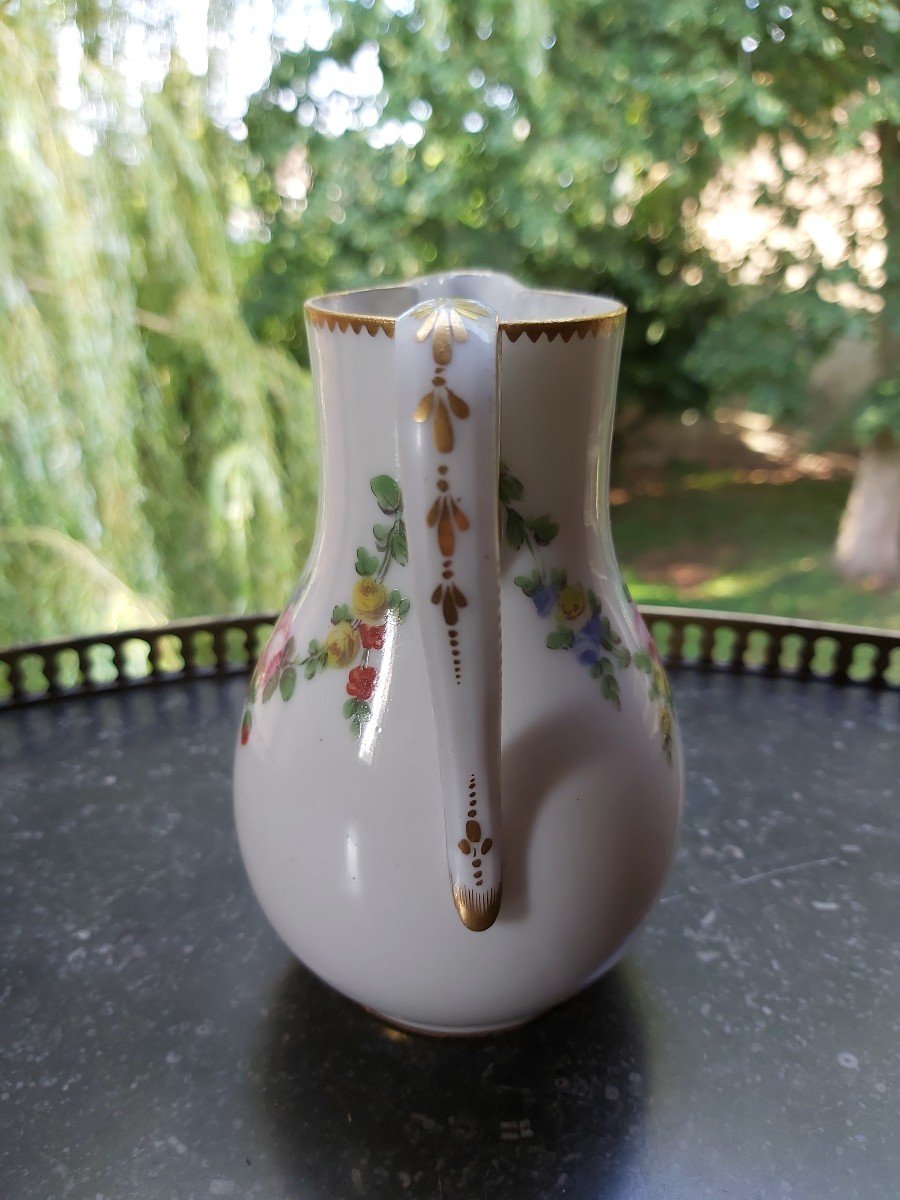
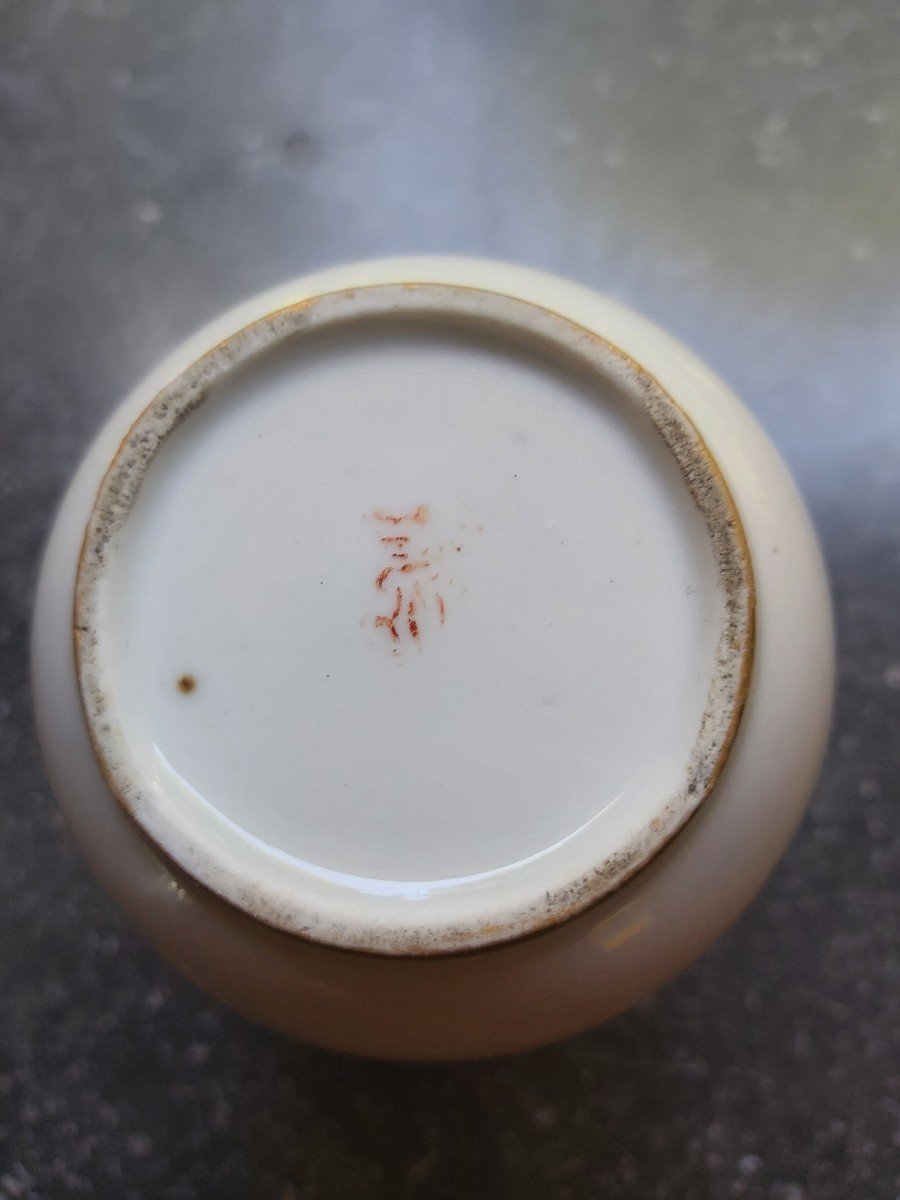








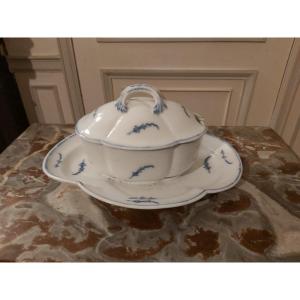
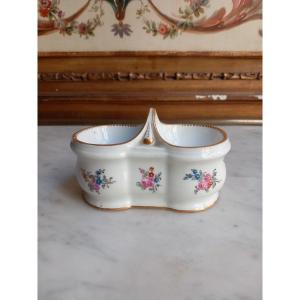

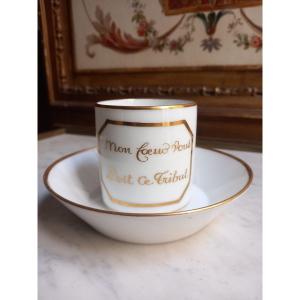
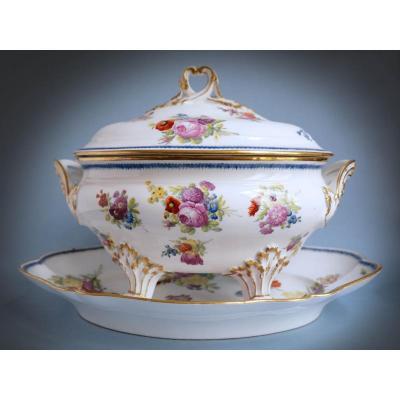




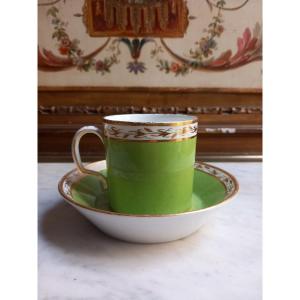

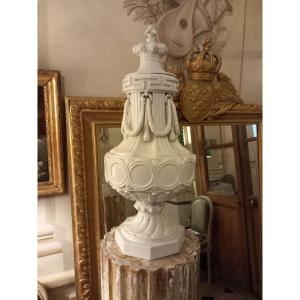
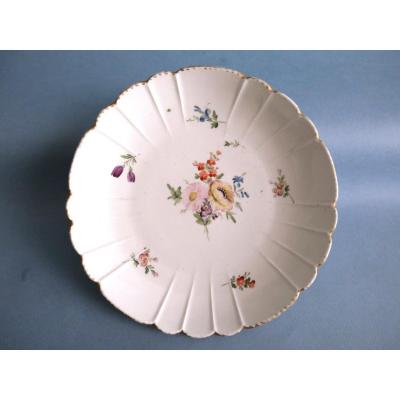
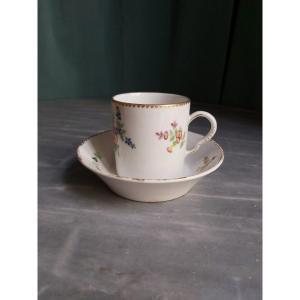


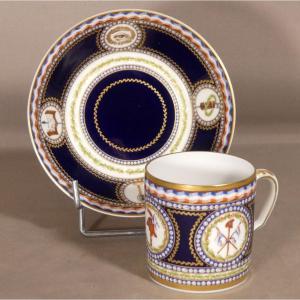





 Le Magazine de PROANTIC
Le Magazine de PROANTIC TRÉSORS Magazine
TRÉSORS Magazine Rivista Artiquariato
Rivista Artiquariato